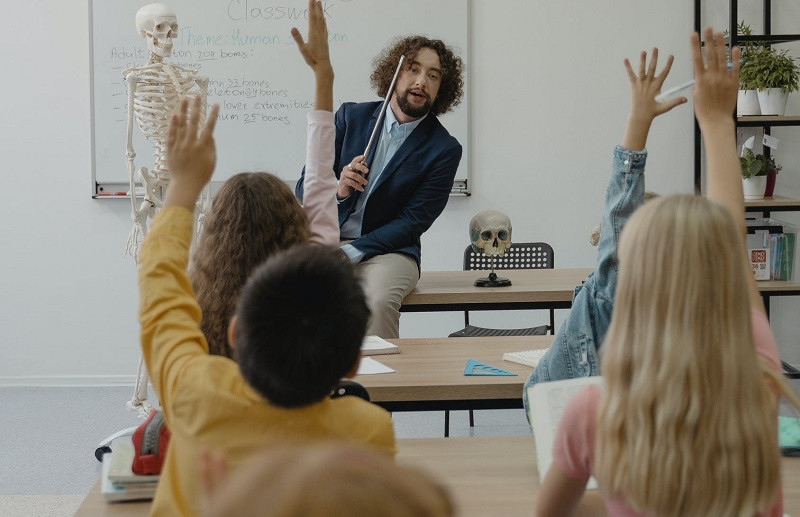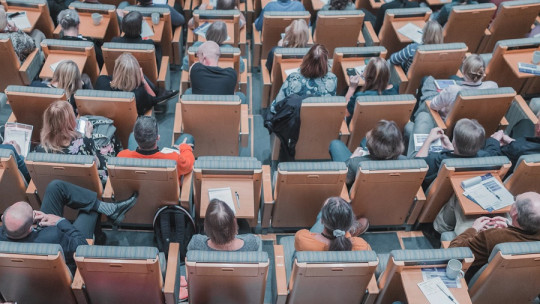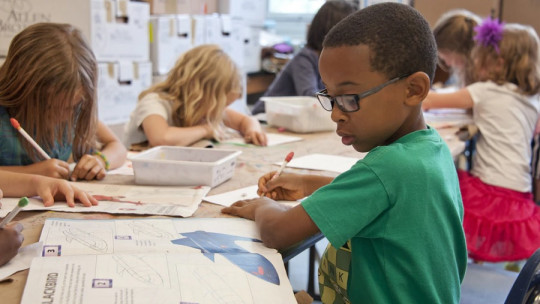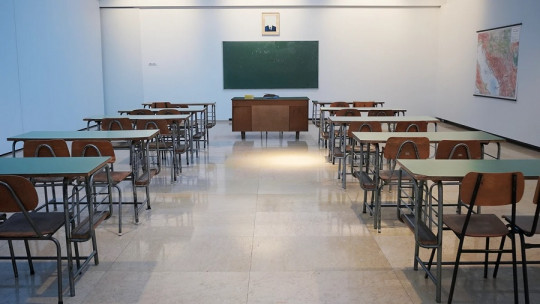
In education, all types of content are taught, but this is no guarantee that students have achieved them. In order to verify that students have assimilated them, it is necessary to subject them to exams, have them do assignments, and also see if they are interested in the subject and get involved.
There are several pieces of evidence of learning that can be studied to know if students are learning, both by finding out what exactly they are internalizing and whether they feel interest in the subject taught.
Next We will talk about the two main types of learning evidence in addition to commenting on some of the most common ones.
What is evidence of learning?
Learning evidence is the set of evidence that demonstrates the process and result of a learning process implemented with students. That is, they are those tests that confirm to teachers and others involved in the learning process that their students are learning
These tests can be of different types and include curricular planning, recording of notes, sessions, worksheets, evaluation instruments…
Before applying and evaluating evidence of learning, teachers must determine what they are going to use to know if their students are learning adequately. The use of this evidence usually has positive effects on the organizational aspect of the educational institution, since greatly facilitates the evaluation of the contents of the curriculum that students are expected to acquire
However, it should be said that there may be some impediments that make the use of some types of evidence difficult, such as the lack of technology, problems in data access, lack of time and other aspects such as the organizational attitude of the teaching staff. Added to this, we can find another difficulty is that the quality of the evidence analyzed is related to the clarity of the question that we want to answer with it.

Types of learning evidence
The main criterion to differentiate between types of learning evidence is depending on how objective they are and what types of questions they answer regarding student learning This evidence can be divided into two, direct and indirect, and in any good academic evaluation both should be used since the former usually give us objective and easier to measure information, while the latter offer us more qualitative, although subjective, information. .
Direct evidence of learning
Direct learning evidence is visible, objective and tangible It is a type of evidence that shows exactly what students are and are not learning, answering the question “What have you learned?” Direct evidence is all that passes what could be called the “skeptic” test.
For example, a person could be skeptical about the way students learn, having serious doubts about certain types of more subjective evidence such as self-assessments of writing skills made by the students themselves.
On the other hand, that same skeptical person would be less likely to doubt a writing test taken by a student but evaluated according to several standard criteria, agreed upon by a committee of experts or by the group of professors in the language department.
Direct evidence of learning is usually standardized, being easy to evaluate both by the teacher and any other person involved in teaching, in addition to facilitating the development of very objective conclusions. Some of these direct evidence of learning are:
Indirect evidence of learning
The indirect evidence is those tests in which the student is probably learning, but do not clearly determine what or how much he is learning This type of evidence serves to answer the question “What do you say you have learned?” and we can highlight the following parameters.
1. Reaction
This parameter is student satisfaction with the learning experience
2. Learning
It refers to what they have learned from the learning experience, to What can we learn from their time in the class, course or educational center?
3. Transfer
The transfer refers to the use of content acquired in class applied to other contexts whether in another subject, in their community or in situations outside the educational center.
4. Results
Make reference to How what they have learned has helped students achieve their goals
There are tests that, despite having a certain standardized component, are considered indirect because they are based more on what the student says he has learned than on checking to what extent he has really learned. Among these we find:
Learning evidence modalities
We can comment on some modalities of learning evidence that serve to analyze to what extent students They are acquiring knowledge and using it both inside and outside of school
1. Evidence of learning processes
It is a type of evidence that, as its name indicates, has to do with learning processes, also having a relationship with the time invested in the task requested of the student and the learning opportunities
Like practically any indirect evidence, this would not pass the skeptic’s test, but it can still provide very valuable information about how learning is occurring.
For example, if we want to evaluate whether students are learning about mathematics, evidence would be how long they stay focused doing the exercises when they are asked to solve some exercises in the class session.
Another example of evidence of process-focused learning would be the time and number of times students spend in the library consulting mathematics books, as well as the times they borrow these books.
The main advantage of this type of evidence is that it can give more clues about why students are or are not learning, in addition to This evidence can be collected while the teaching process of a certain content or topic has not yet been completed
- You may be interested: “Insight learning: what it is, types and characteristics”
2. Evidence on input factors
This type of evidence is related to the factors that are given before starting an educational program either because the students had acquired them in previous courses or because they are conditioned by the infrastructure and teaching style of the center.
There are many aspects that may be affecting student learning. Among them we can find the proportion of students and teachers in class, scholarships offered by the administration, the budget of educational programs, equipment, teacher training, content learned by students in previous courses…
- Related article: “Learning disorders: types, symptoms, causes and treatments”
3. Evidence on learning contexts
This type of indirect evidence It is related to the environment in which learning occurs This category would include how motivated the students are, what interests they have about their future, the demands of employers in the area, the needs, offers and demands in the labor market and cultural factors, among others.








